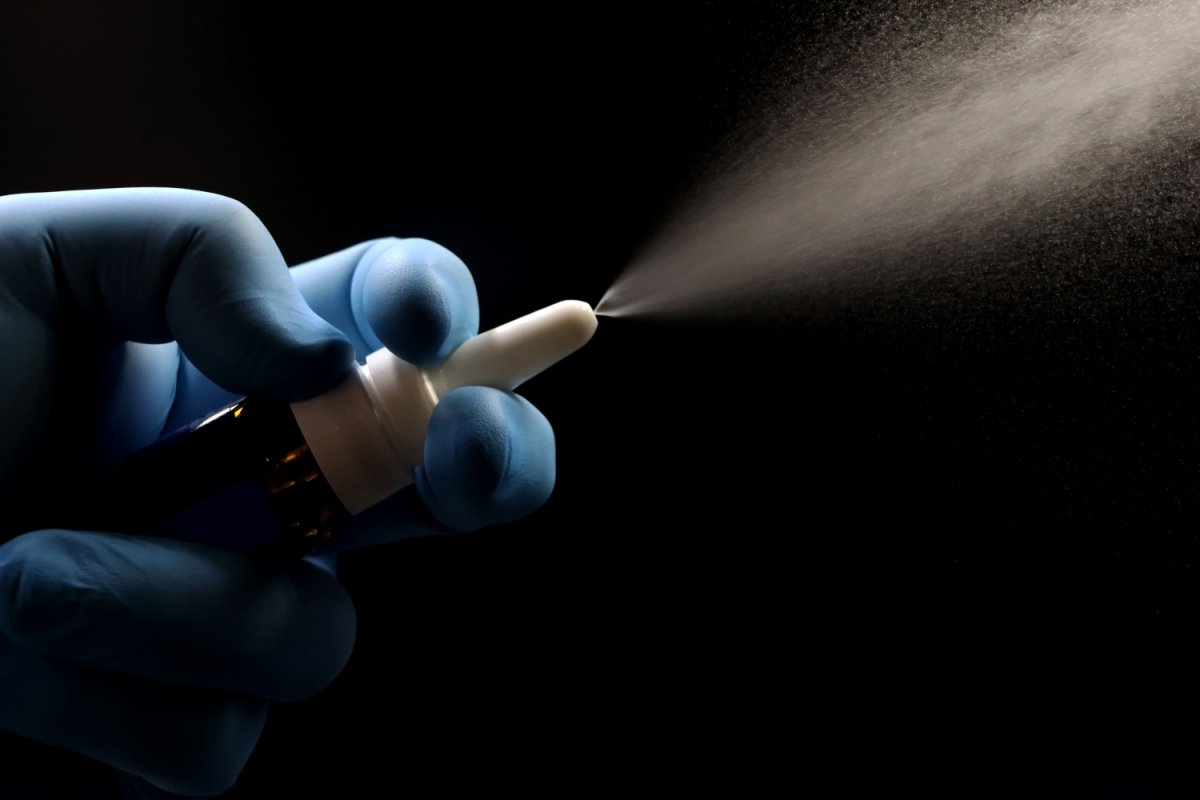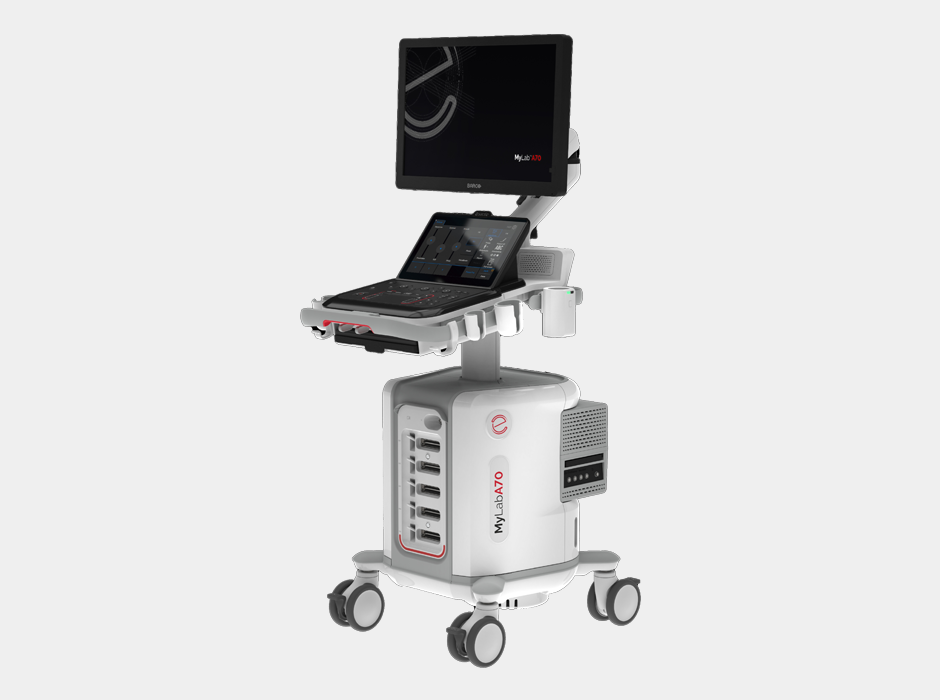The US Food and Drug Administration (FDA) recently approved Botanix Pharmaceuticals’ New Drug Application (NDA) for Sofdra (sofpironium) topical gel, 12.45 percent. This marks a significant milestone as Sofdra is the first and only new chemical entity approved for the treatment of primary axillary hyperhidrosis, a condition characterized by excessive underarm sweating.
Primary axillary hyperhidrosis is a medical condition characterized by excessive sweating beyond what is necessary for thermoregulation. This condition profoundly impacts patients’ quality of life, affecting work productivity, daily activities, emotional well-being and personal relationships.
Current treatments for hyperhidrosis include antiperspirants, anticholinergics, botulinum toxin injections and major surgery (sympathectomy).
Sofdra’s approval offers a novel treatment option for both adults and children aged nine and older, addressing a condition that affects approximately 10 million people in the US who have had limited effective treatments available.
XTALKS WEBINAR: Process Development of New Chemical Entities — Overcoming Challenges of Safety and Quality for a Seamless Technology Transfer
Live and On-Demand: Thursday, July 25, 2024, at 11am EDT (4pm BST/UK)
Register for this free webinar to gain insights from expert speakers on the process development of new chemical entities and learn about the latest advancements and innovative techniques in chemical manufacturing.
Understanding Primary Axillary Hyperhidrosis
Hyperhidrosis may be primary or secondary in nature. Primary axillary hyperhidrosis is idiopathic and the most common form. A study estimated that approximately 7.8 million individuals in the US are living with primary axillary hyperhidrosis. This condition predominantly impacts the underarms due to the high density of sweat glands in this region, but areas such as the palms, forehead, face and — in severe cases — extremities like groin and glutes can also be affected. The approval of Sofdra provides a much needed solution for individuals struggling with this socially and physically debilitating condition.
Hyperhidrosis is the third most prevalent dermatological condition in the US, affecting roughly 15.3 million people, following acne and atopic dermatitis.
The Impact of Hyperhidrosis on Quality of Life
Hyperhidrosis has profound effects on mental health, self-esteem, social interactions, relationships and occupational choices. Patients report greater disabilities in work, social functioning and emotional health.
The stigma surrounding hyperhidrosis often prevents patients from seeking treatment, with 64.8 percent reporting unmet healthcare needs and barriers such as inadequate information, poor access to treatment and unsatisfactory patient-doctor relationships. Counseling, education and psychotherapy are crucial interventions to improve patient outcomes and satisfaction.
A population survey among residents with hyperhidrosis revealed a poor or very poor quality of life, often due to physiological stressors like cold, clammy hands, dehydration and skin infections. A more recent study found that about 48 percent of individuals with hyperhidrosis — and a higher prevalence in women — reported feelings of impostor phenomenon, characterized by persistent self-doubt.
Related: Zelsuvmi Gets FDA Nod to Become Second Approved Treatment After Ycanth for Molluscum Contagiosum
Sofdra Demonstrates Sweat Reduction in Clinical Trials
The FDA approval of Sofdra was based on robust results from the pivotal Phase III CARDIGANI and CARDIGANII studies, which evaluated the efficacy and safety of Sofdra (15 percent sofpironium bromide gel) in 701 patients with primary axillary hyperhidrosis.
The gravimetric sweat production (GSP) evaluation for sweating intensity and the patient-reported Hyperhidrosis Disease Severity Measure-Axillary, 7-item (HDSM-AX7) score were used as primary endpoints. The CARDIGAN studies demonstrated that treatment with Sofdra led to clinically and statistically significant improvements in GSP and HDSM-AX7 scores. Sofdra was well-tolerated and provided meaningful relief from excessive sweating.
Botanix plans to launch an early patient experience program in the third quarter of 2024, allowing highly qualified patients early access to Sofdra. This program will guide patients through telemedicine consultations and payer reimbursement processes, leading to the first commercial use of the product.
Sweat Relief for Hyperhidrosis Patients
The introduction of Sofdra offers a non-invasive and effective alternative for patients and healthcare providers.
David Parser, MS, a leading expert on hyperhidrosis and founding board member of the International Hyperhidrosis Society, emphasized the transformative nature of Sofdra in the press release, “The availability of a new treatment alternative that is topical, well-tolerated, effective and easy to use is truly exciting and would be welcomed amongst patients and physicians.”
While Sofdra stands out as the first new chemical entity approved for primary axillary hyperhidrosis, the market for hyperhidrosis treatments includes other medications and clinical trials.
Botulinum toxin A (BTX) and microwave thermolysis (MWT) are two significant modalities. BTX is a standard treatment for focal hyperhidrosis which works by blocking acetylcholine release, thereby inhibiting the neuronal signal to sweat glands. In contrast, microwave thermolysis is a newer, energy-based treatment that irreversibly targets sweat glands, reducing sweat and odor and providing long-term hair reduction, with some effects potentially being permanent. A recent comparative trial found both BTX and MWT effective in significantly reducing sweat production, with BTX showing greater efficacy at six months, but similar outcomes for both treatments at one year.
Some of the other remedies approved for excessive sweat control are Dermadry, an iontophoresis medical device that uses electrical currents to neutralize signaling between sweat nerves and sweat glands, and Brella, an in-clinic, one-of-a-kind sweat control patch.












Join or login to leave a comment
JOIN LOGIN